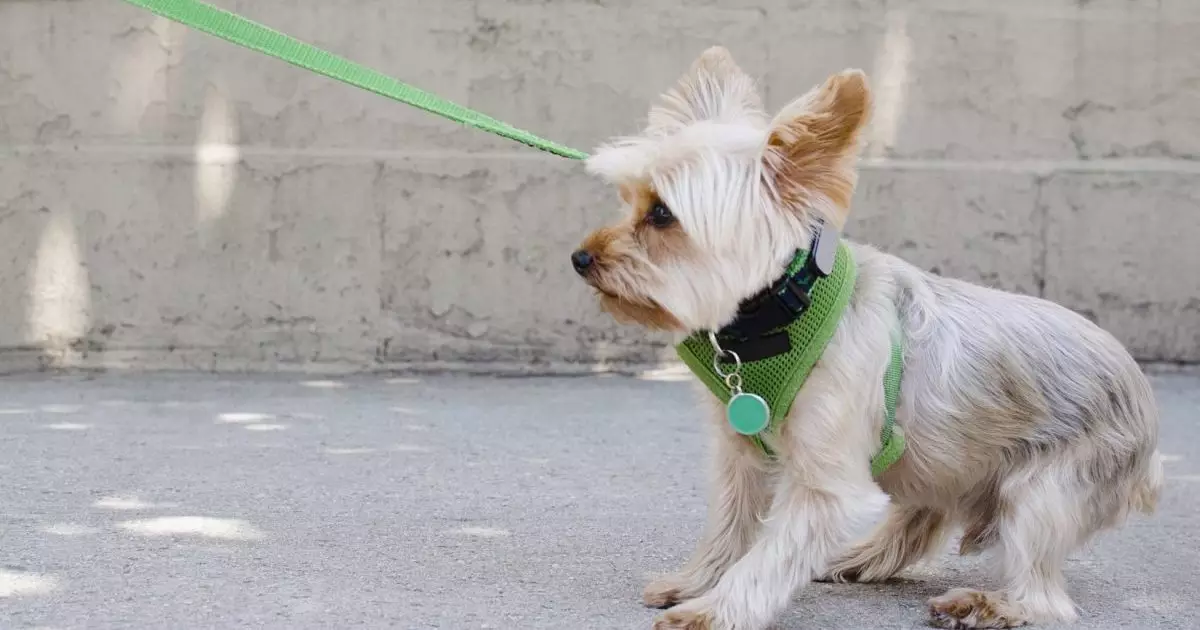Separation anxiety in dogs often manifests as a desperate plea for attention, intertwined with fear and uncertainty when their human companions are away. This behavioral issue can lead to distressing situations, where howling, destructive behaviors, and general agitation become the norm when a dog is left alone. Recognizing that this anxiety is not merely attention seeking is the first step in approaching the problem with empathy. A trainer’s recommendation for desensitization is more than just a solution; it’s a pathway towards building a more secure emotional state in our four-legged friends.
The Essence of Desensitization
Desensitization is a behavioral therapy strategy tailored to gradually expose dogs to their triggers—be it the sound of a door closing or the sight of you getting ready to leave. While this might sound simple, the execution requires patience, understanding, and consistency. At its core, desensitization seeks to eliminate the negative emotional response tied to these triggers, replacing it instead with an association of safety, comfort, and even joy. Think of it as a slow dance, where each step must be taken with care and finesse.
The Mechanics of Counter-Conditioning
Central to the desensitization process is counter-conditioning—a method that presents positive reinforcements in response to anxiety-inducing scenarios. The aim here is to shift the dog’s perception from a place of fear to one of excitement and positivity. Consider the scenario: if your dog experiences distress over you putting on your shoes and grabbing your keys (a precursor to leaving), this is your cue. By rewarding calm behavior with treats, affection, or engaging play, you create a new narrative. Sure, the initial apprehension won’t disappear overnight, but with each positive encounter, you’re gradually rewiring your dog’s emotional wiring.
A Gradual Approach to Exposure
The beauty of this technique lies in its incremental nature. It is critical not to rush through the process. For instance, if the goal is for your dog to remain calm during your absence, start by leaving the room for mere minutes. Gradually increase this time while ensuring your dog is rewarded for remaining relaxed during these short stints. If your pooch displays signs of anxiety—such as whining, barking, or pacing—return to previous steps where they felt more at ease, reinforcing the good behavior you want to cultivate.
You can implement this principle of gradual exposure in various situations. Incorporate different elements that mimic your absence without actually leaving, such as playing a recording of sounds (doorbells, keys jingling) without physically engaging those activities. When paired with treats and praise, it reinforces the idea that these sounds are not harbingers of your departure, but opportunities for positive experiences.
Building a Positive Association with Triggers
Perhaps one of the most rewarding aspects of desensitization is watching your dog evolve from a state of distress to a position of confidence and calm. For example, if your dog reacts negatively to the sound of passing cars, start by introducing the sounds at low volumes—playing recordings of distant vehicles and pairing them with heaps of tasty treats and affection. As time passes and your dog becomes accustomed, gradually increase the volume. This layering of stimuli encourages a reaction of calm rather than chaos.
The Role of Professional Guidance
While the concept of desensitization is enticing and can be practiced at home, enlisting the help of a certified trainer can vastly increase your chances of success. Trainers possess the insight to tailor approaches uniquely to your dog’s behavior and emotional state. Moreover, they provide a valuable external perspective—something that can be vital when emotions run high and little progress seems visible. A well-structured training program ensures that you and your furry companion are navigating the journey toward emotional well-being effectively and safely.
Ultimately, embarking on the desensitization journey may not only require time and perseverance but also a hearty dose of creativity. Tap into various methods tailored to your dog’s temperament and preferences to maintain enthusiasm and engagement in the process. Through small, dedicated efforts, you can foster a deeper bond of trust and security—transforming separation anxiety into a confident independence that enriches both your lives.

